Kirilo Budanov, head of the Ukrainian military intelligence, is one of the last people in the world you should ever believe. His job is to “shape the information environment,” which is to say his job is to lie to you often and boldly.
However, there are rules to effective lying. To keep a lie going it should be built so that it can not be readily refuted. Saying “Iraq has weapons of mass destruction, but we can’t show them to you because Saddam is hiding them” is a good way to lie. Saying “Iraq has weapons of mass destruction and by November 1 we’ll have 26 pieces to show you” is a bad way to lie.
Good lying steers clear of falsifiable predictions and can be kept up for as long as it is useful. But make specific predictions tied to a short deadline and that puts a self-destruct timer on your claims if you’re lying.
So when Budanov says in no uncertain terms that by November 1 there will be 2600 North Koreans fighting in Kursk that tells me that for once in his professional career he is not lying. He is a lying expert, he knows how to build a lie with a long staying power. If he instead makes falsifiable claims tied to a brief timer it means he believes them himself.
Of course, Budanov believing something doesn’t make it true, but it does mean that in this rare instance, we’re getting the same intelligence from him that he is also giving to his superiors behind closed doors.
No major US decisions on Ukraine will happen until after November 5 so as not to complicate the election environment for Kamala, and by that time the Ukrainian claims, if they’re wrong, will already be dead in the water so there’s no reason for Kiev to tie them to such a short deadline if it wasn’t sincerely believed. (The very last chance before the election was during the September 14 Biden-Starmer meeting when long-range strike came close to being adopted but fell just short at the last yard.)
The other option, that this is a desperate Ukrainian attempt to somehow influence the election itself, is complicated by the fact that South Korea is echoing very similar claims. Seoul has no reason to prefer Harris over Trump and to cooperate with a Ukrainian play to boost Harris.
Ukraine and South Korea agree that ultimately between 10,000-15,000 North Koreans will deploy to Russia and that at least 1,500 have already arrived to Russia’s Far East.
Two videos by Russian troops in Vladivostok allegedly showing North Koreans have already surfaced, and at least two South Korean outlets have reported that they’re able to make out Korean speech (넘어가지 말거라 and 나오라 야) in one of them.
Some say “Buryat battalion” 🇰🇵 in 🇺🇦 – Ai upscaled 150% + dehalo + compression reverse + 30 to 60 FPS + Stabilization https://t.co/ccDEJDPLqB pic.twitter.com/XpcU5Hbwoa
— Dariusz Zawadzki (@Military_oO) October 18, 2024
So the likelihood that North Korean regulars are already present in Russia is high, what remains to be seen is if they’ve arrived for exercise or war. That the video has them picking up Russian gear may indicate that the latter option is likelier. Indeed, a North Korean participation in an exercise on Russian soil would be no less unprecedented than a North Korean entry into a Russian war:
“NK has not officially taken part in any exercise in Russia that I know of, but they have been present as observers. Also Moscow and Pyongyang conduct military school exchanges, just like China and Russia. So NK cadets visit Russia and in that role they take part in exercises.”
To sum up:
- Ukrainians are saying that North Korea will shortly enter the war against them with ground troops. This is, in fact, their best estimate and sincere prediction and not a conscious lie.
- North Korean infantrymen are indeed already in the Russian Far East. This is already highly unprecedented.
- So far there isn’t a surefire way to tell what they’re in Russia for and where they’re heading next.
North Korea has emerged as Russia’s best friend during this war, delivering millions of artillery shells which no one else is either willing or able to do, and more recently ballistic missiles. (China by contrast rules out supplying arms while India is selling shells to Ukraine.)
Earlier this year Putin for the first time in his 24-year reign visited North Korea. On that occasion, the pair signed what amounts to a mutual defense treaty:
“A key provision in Article 4 of the agreement states that if either Russia or North Korea is attacked and enters a state of war, the other party will provide military and other assistance using all available means, in accordance with Article 51 of the UN Charter and the laws of both nations.”
The treaty was submitted to Duma for ratification earlier this week.
If 10,000-15,000 North Koreans indeed enter the war on the Russian side, do I consider this bullish for Russia? No, I do not.
This would mean that Putin’s strategy of stringing up improvised patchwork solutions to Russia’s main problem in the war, rather than going for the only move that has the power to decisively solve it, continues.
Russia lacks the mass and manpower in this war. Lacking a robust numerical advantage it is forced to accept a costly and static battle.
Only mobilization has the power to change this reality, yet is the one option that is constantly shunned and ruled out.
In its place, the manpower shortage is addressed with an endless stream of unconventional but unsatisfactory answers: total mobilization in DPR and LPR, using Rosgvardia police as soldiers, warship sailors and air force mechanics retrained as infantry, Wagner PMC, convicts, sky-high sign-up bonuses, pressure on debtors and alimony delinquents, courting Third-World foreigners and nabbing illegal Central Asians, forcing the wounded to stay in the fight, and the latest; the emptying of pre-trial jails, payment incentives for police who secure “volunteers”, and perhaps North Koreans.
Any of these could win an award for “outside the box” thinking, and they have allowed Russia to stay in the war and Putin to stave off mobilization, but even all combined have never satisfactorily addressed the problem. In fact, their wackiness and desperation perfectly reinforce just how deep the manpower shortage really is for the army sans mobilization, and just how insane it is to intentionally fight in such a way. Surely the state would not bother paying police bonuses for converting suspects into recruits, or be handing out recruitment pamphlets at alimony court if the army actually had all the men for the task, as is officially incessantly repeated.
Drones make overcoming the initial set-piece battle more complex for the attacker than ever, but even once all the lines have been breached as happened in August-September in Pokrovsk, there is no large reserve force available to exploit the opening and drive into depth.
In the absence of reserves which Russia with its tiny numerical advantage can’t afford to maintain*, fighting remains broken up into endless assaults by 5 to 15-man teams which is extraordinarily costly for the meager territorial gains, and can not threaten Ukrainians into depth or width, but allows them to constantly readjust and reform just behind what they had lost.
* Heck, its numerical advantage against a country five times smaller is so thin the army can’t even afford a credibly manned defensive line outside active sectors as was highlighted when Ukraine drove into Kursk over well-constructed but sparsely-manned defenses. (Resulting in 300,000 Russian IDPs.)


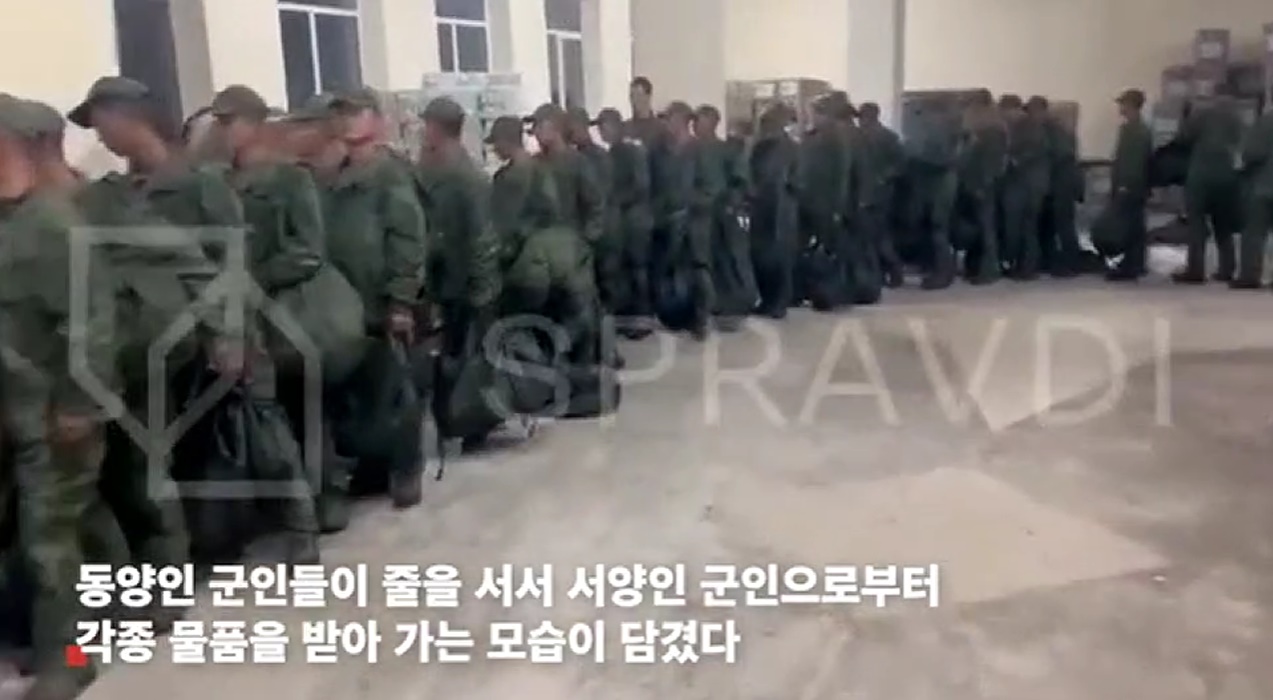

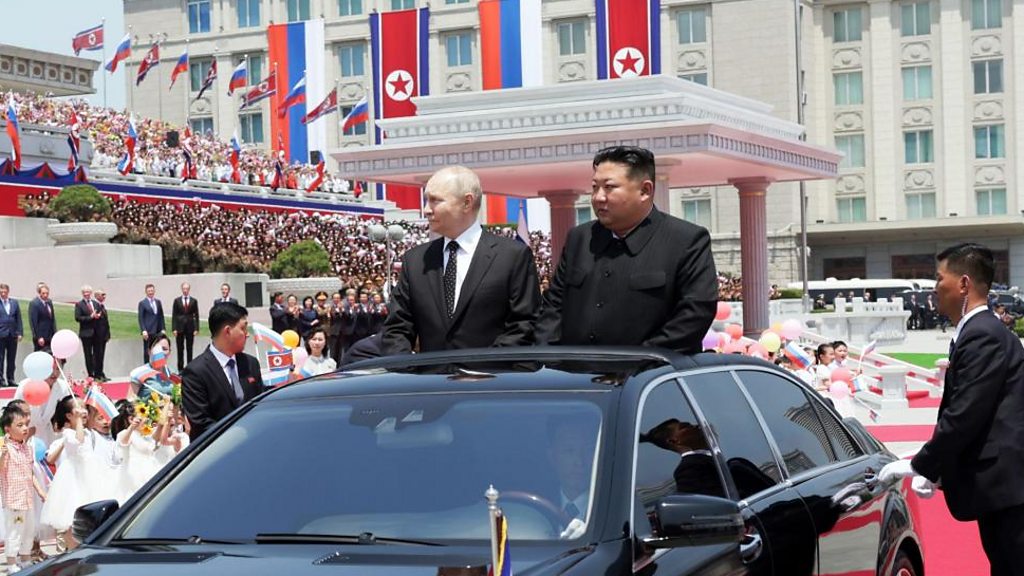
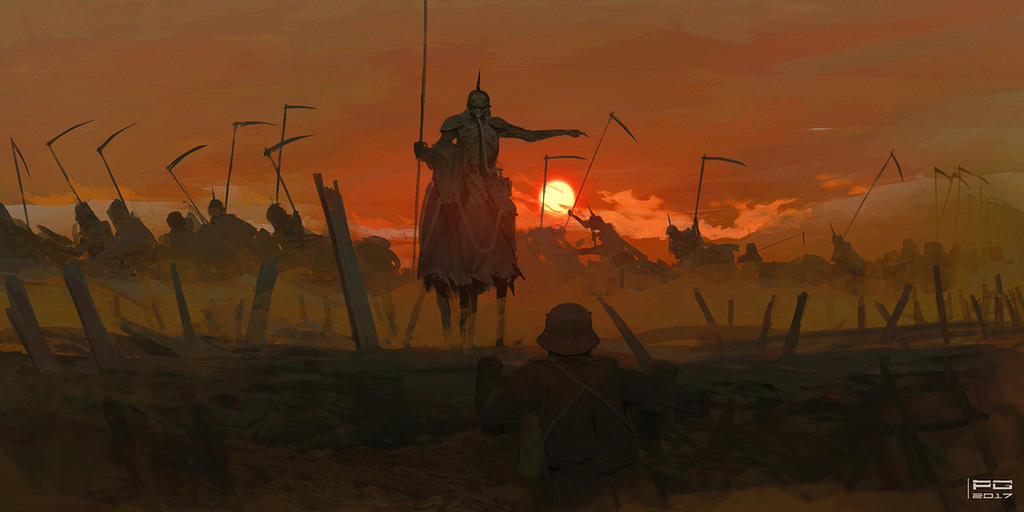
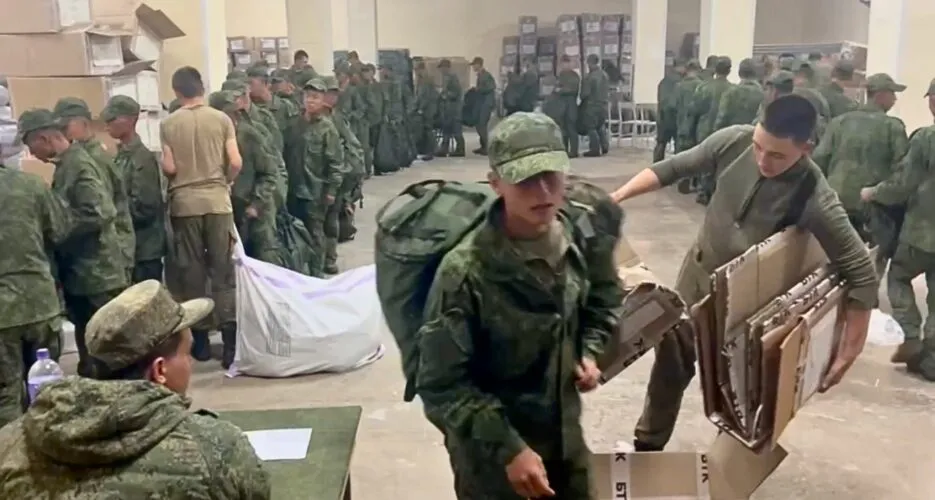
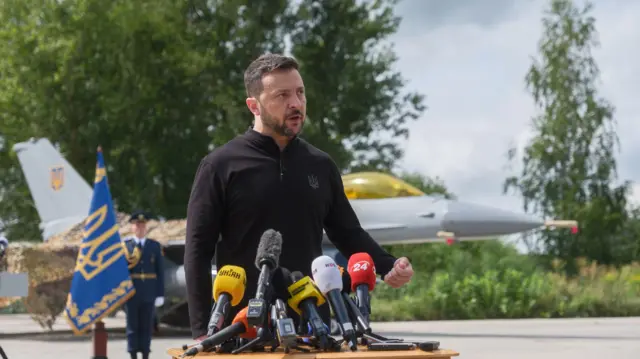
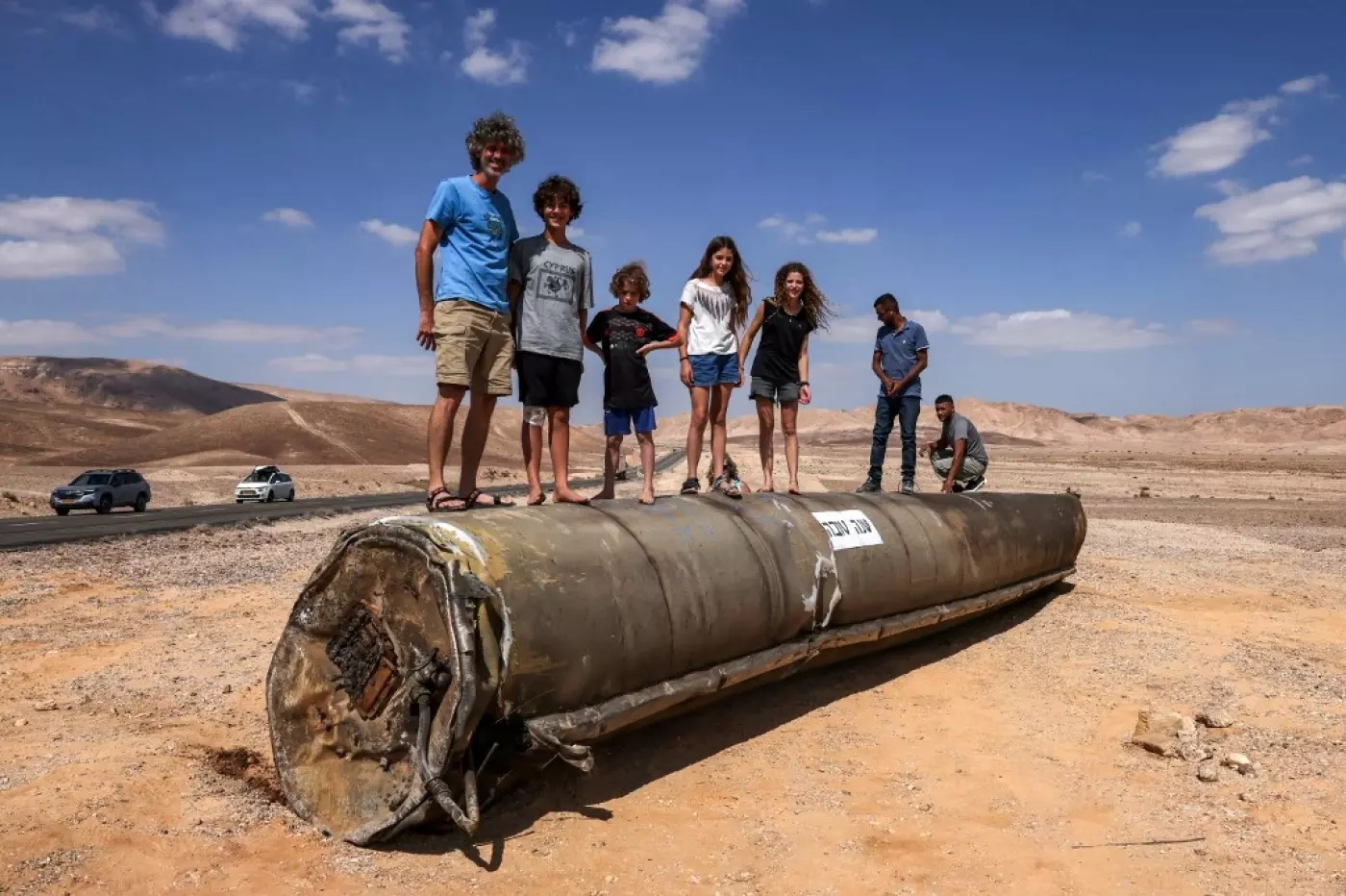
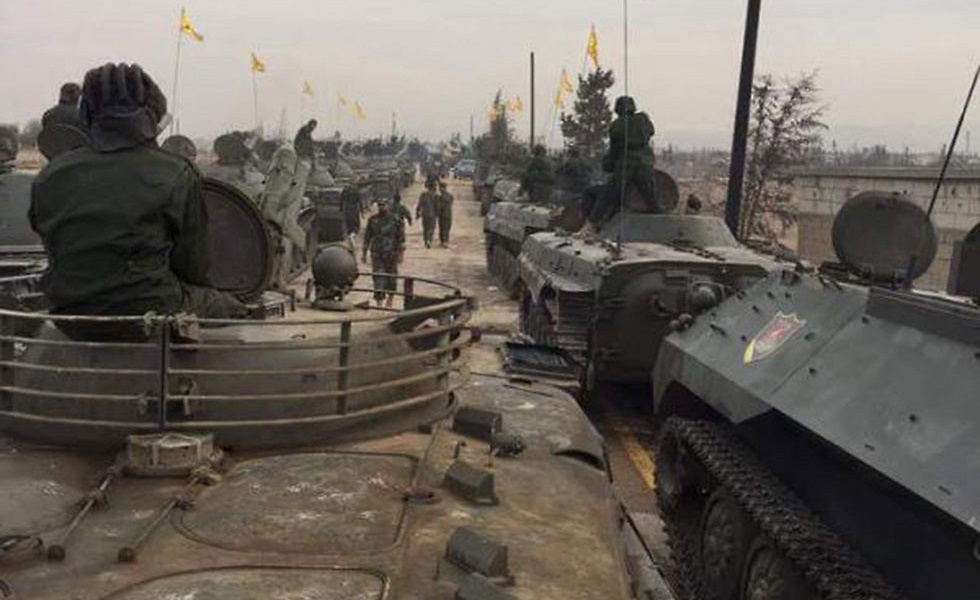
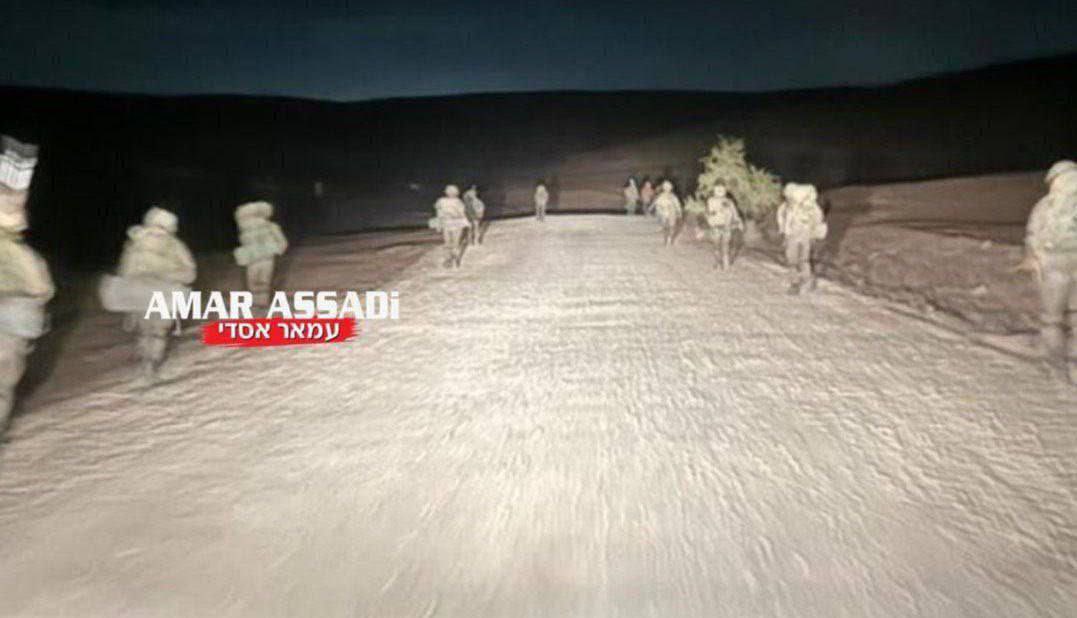
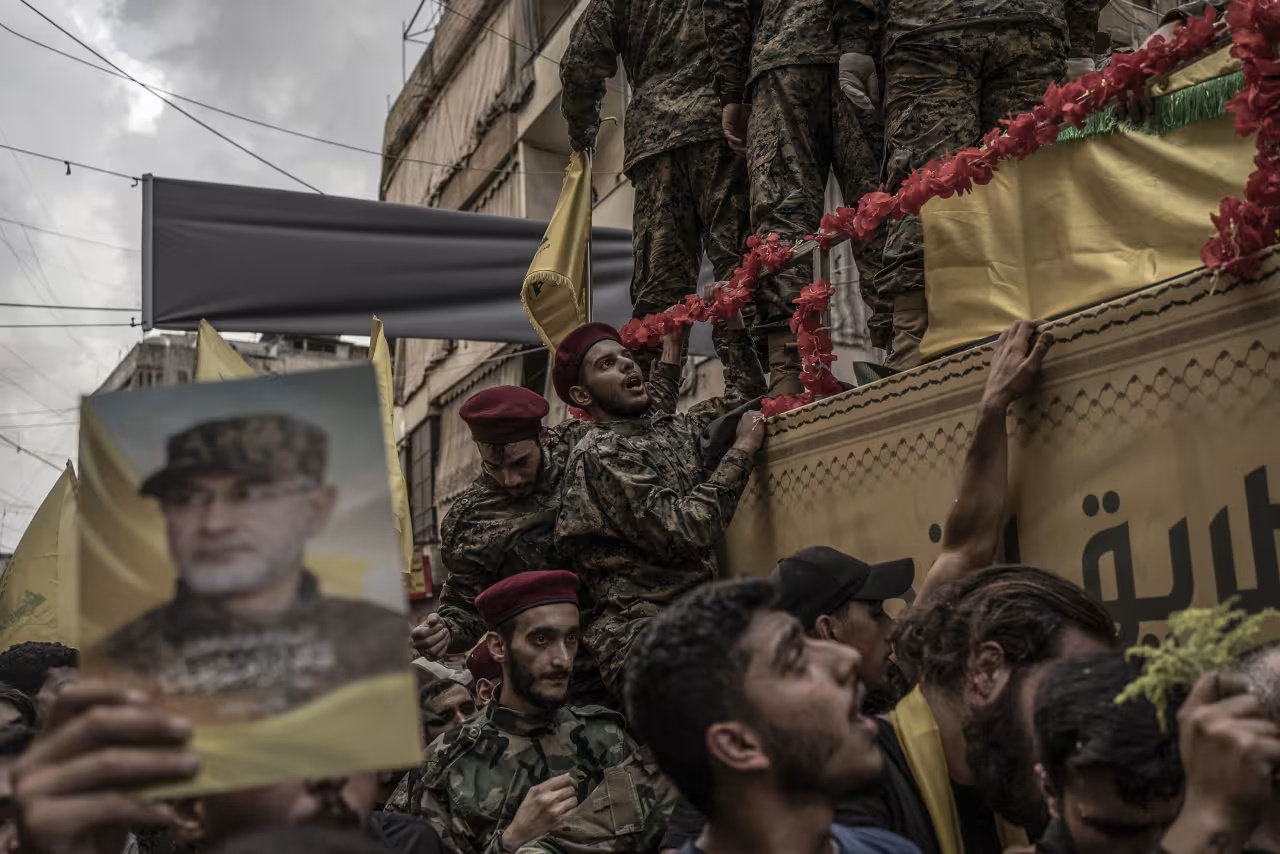
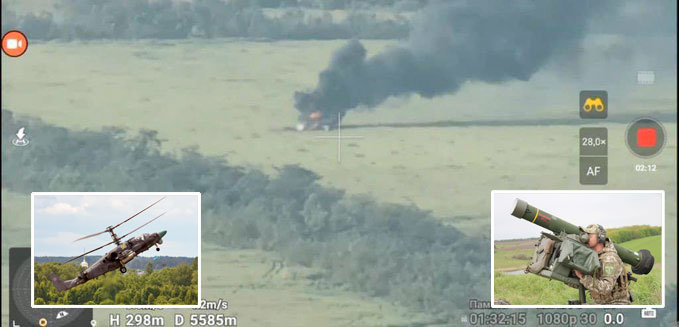

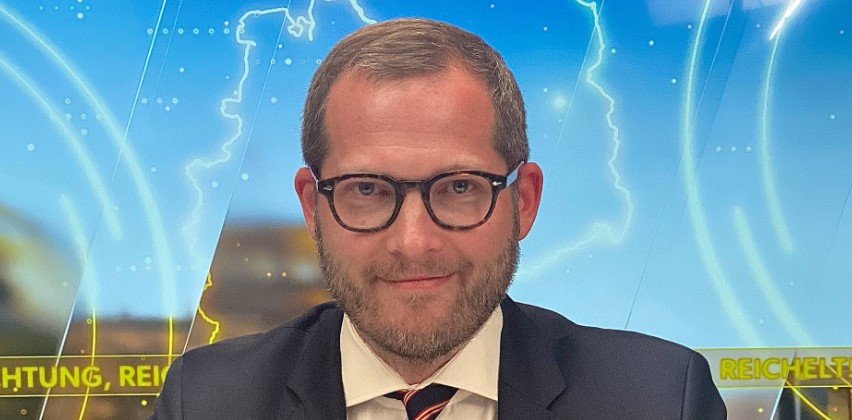
No comments.
By submitting a comment you grant Free West Media a perpetual license to reproduce your words and name/web site in attribution. Inappropriate and irrelevant comments will be removed at an admin’s discretion. Your email is used for verification purposes only, it will never be shared.